2018 年广西桂林电子科技大学翻译硕士英语考研真题
Part I
Grammar and Vocabulary (30%)(每小题 1 分)
Choose the best answers and mark your answers on your answer sheet
.
1. The town maintains very many Chinese traditions which are among the highest
achievements of those who created the ________ we now enjoy.
A. heritage
B. inheritance
C. genetics
D. estate
2. The twin brothers showed great _______ to their elder sister, who had acted as
sole parent to them since their parents died during the American Civil War.
A. allegiance
B. devotion
C. compliance
D. admiration
3. Night patrols were sent out to engage the enemy in a series of small _______.
A. battles
B. fight
C. skirmishes
D. clash
4. The old building has an ________ air of sadness about it.
A. insurmountable
B. insuperable
C. intangible
D. insurable
5. For many patients, institutional care is the most _______ and beneficial form
of care.
A. pertinent
B. appropriate
C. acute
D. persistent
6. She’s not a very valuable member of the debate team, actually----she loves making
speeches, but she’s not very good at ______ opponents’ argument.
A. rendering
B. refuting
C. resolving
D. impeding
7. Martin Luther King, Jr., testified to the _____ effect of The Strange Career
of Jim Crow on the civil rights movement by praising the book and quoting it
frequently.
A. pervasive
B. wary
C. novel
D. profound
8. Jean Wagner’s most enduring contribution to the study of Afro-American poetry
is his insistence that it be analyzed in a religious, as well as ______ , frame
of reference.
A. scant
B. secular
C. simultaneous
D. salubrious
9. If you are an athlete, strong abdominal muscles help you ensure a strong back
and freedom from injury during _______ upper-body movement.
A. valiant
B. variable
C. vigilant
D. vigorous
10. You are now not wanted; you are now ______ from the work environment that offers
�
purpose and structure in your life.
A. included
B. concluded
C. precluded
D. excluded
11. There is much I enjoy about the changing seasons, but my favorite time is the
_______ from fall to winter.
A. transmission
B. transformation
C. transition
D. transfer
12. After four years in the same job his enthusiasm finally _______.
A. deteriorated
B. dispersed
C. dissipated
D. drained
13. The wings of the bird still _______ after it had been shot down.
A. slapped
B. scratched
C. flapped
D. fluctuated
14. Their diplomatic principles completely laid bare their _______ for world
conquest.
A. admiration
B. ambition
C. administration
D. orientation
15. What the correspondent sent us is an _______ news report. We can depend on t.
A. evident
B. authentic
C. ultimate
D. immediate
16. The computer hacker coined the term virtual reality.
A. made into coins
B. invented
C. made a lot of money
D. earned money
17. Now and in the future, we will live as free people, not in fear and never at
the mercy of any foreign powers.
A. For the sake of
B. at the cost of
C. in the interest of
D. under
the control of
18. Most college students in the United States live away from home.
A. apart
B. down
C. elsewhere
D. along
19. Applicants will be asked to provide information on how they will disseminate
information to other students at their university or college.
A. disclose
B. deliver
C. spread
D. analyze
20. The senator agreed that his support of the measure would jeopardize his chances
for reelection.
A. benefit
B. endanger
C. hinder
D. disturb
21. “ It seems that she was there at the conference. ” The sentence means
that_______.
A. she seems to be there at the conference.
B. she seemed to be there at the conference.
C. she seems to have been there at the conference.
D. she seemed to being there at the conference.
�
22. Each book and each paper______ found in its place.
A. are
B. is
C. have been
D. be
23. Unfortunately she married ___________ .
A. a husband of a devil
B. a devil of a husband
C. her husband of her devil
D. a devil of the husband
24.___________ recommendation has so far been made by the technicians.
A. Several such
C. Such no
B. No such a
D. No such
25. Come and see me whenever ______.
A.
convenient
B. you will be convenient
you
are
C.
you
it
is
convenient
to
D. it will be convenient to you
26. The soldier was accused of ____ his country.
A. betraying
B. having betrayed
C. being betrayed
D. having been betrayed
27.Your aunt invites you to the movies today
---I had rather she ____ me tomorrow than today
A. tells
B. told C. would tell
D. had told
28. Water enters into a great variety of chemical reactions, _____have been
mentioned in previous pages.
A.
a few of what
B.
a few of which
C.
a few of that
D.
a
few of them
29._____ he needed money for a few car, he decided not to borrow it from the bank.
(98, 48)
A. Much as
C. As much
B. Much though
D. Though much
30. China is not _____ she used to be.
A. that
B. which
C. like
D. what
�
Part II Reading Comprehension
(40%)
Section 1 Multiple-choice Questions. (30%) (每小题2分)
In this section, there are three passages followed by questions or
unfinished statements, each with four suggested answers marked A, B, C and
D. Choose the one that you think is the best answer and mark your answer
on your ANSWER SHEET.
Passage One
Of
all
the
components
of
a
good night's
sleep, dreams seem to be least
within our control. In dreams, a
window
opens
into
a
world
where
logic is
suspended and dead people speak. A century ago, Freud formulated his revolutionary
theory that dreams were the disguised shadows of our unconscious desires and fears;
by the late 1970s, neurologists had switched to thinking of them as just “mental
noise” – the random byproducts of the neural repair work that goes on during sleep.
Now researchers suspect that dreams are part of the mind’s emotional thermostat,
regulating moods while the brain is “offline”. And one leading authority says
that these intensely powerful mental events can be not only harnessed but actually
brought under conscious control, to help us sleep and feel better. “It’s your
dream,” says Rosalind Cartwright, chair of psychology at Chicago’s Medical Center,
“if you don’t like it, change it.”
Evidence from brain imaging supports this view. The brain is as active during
REM(rapid eye movement) sleep--when most vivid dreams occur--as it is when fully
awake, says Dr. Eric Nofzinger at the University of Pittsburgh. But not all parts
of the brain are equally involved; the limbic system (the ---- emotional brain)
is especially active, while the prefrontal cortex (the center of intellect and
reasoning ) is relatively quiet. “ We wake up from dreams happy or depressed, and
those feelings can stay with us all day”,
says Stanford sleep researcher Dr.
William Dement.
The link between dreams and emotions shows up among the patients in Cartwright’
s clinic. Most people seem to have more had dreams early in the night, progressing
toward happier ones before awakening, suggesting that they are working through
negative feelings generated during the day. Because our conscious mind is occupied
with daily life we don’t always think about the emotional significance of the day’
s events ---- until, it appears, we begin to dream.
And this process need not be left to the unconscious. Cartwright believes one
can exercise conscious control over recurring bad dreams. As soon as you awaken,
�
identify what is upsetting about the dream. Visualize how you would like it to end
instead; the next time it occurs, try to wake up just enough to control its course.
With much practice people can learn to, literally, do it in their sleep.
At
the
end
of
the
day,
there's
probably
little
reason
to
pay
atten
tion to
our
dreams
at
all
unless
they keep
us
from sleeping
or
"we
wake
up
in panic,” Cartwright says.
Terrorism, economic uncertainties and general feelings of insecurity have increased
people’s anxiety. Those suffering from persistent nightmares should seek help from
a therapist. For the rest of us, the brain has its ways of working through bad
feelings. Sleep—or rather dream—on it and you’ll feel better in the morning.
1. By saying that “dreams are part of the mind’s emotional thermostat, ” (Para.
1) the researchers mean that ________.
A. we can think logically in the dreams too
B. dreams can be brought under conscious control
C. dreams represent our unconscious desires and fears
D. dreams can help us keep our mood comparatively stable
2. What did Cartwright find in her clinic?
A. Most bad dreams were followed by happier ones.
B. Divorced couples usually have more bad dreams.
C. One’s dreaming process is related to his emotion.
D. People having negative feelings dream more often.
3. Cartwright believed with much practice we can learn to _______.
A. control what dreams t dream
B. sleep well without any dreams
C. wake up in time to stop the bad dreams
D. identify what is upsetting about the dreams
4. The author points out that a person who has constant bad dreams should ______.
A. learn to control his dreams
B. consult a doctor
C. sleep and dream on it
D. get rid of anxiety first
5. The author most probably thinks that controlling dreams is _______.
A. a good practice
�
B. a new discovery
C. helpful for everyone
D. not essential for everyone
Passage Two
One thing the tour books don't tell you about London is that 2,000 of its
residents are foxes. As native as the royal family, they fled the city about
centuries ago after developers and pollution moved in. But now that the environment
is cleaner, the foxes have come home, one of the many wild animals that have moved
into urban areas around the world.
"The number and variety of wild animals in urban areas is increasing," says
Gomer Jones, president of the National Institute for Urban Wildlife, in Columbia,
Maryland.
A
survey
of
the
wildlife
in
New
York's
Central
Park
last
year
tallied
the species of mammals, including muskrats, shrews and flying
squirrels. A similar survey conducted in the 1890s counted only five species. One
of the country’s largest populations of raccoons now lives in Washington D.C.,
and moose
are regularly seen wandering into Maine towns. Peregrine falcons dive
from the window ledges of buildings in the largest U.S. cities to prey on pigeons.
Several changes have brought wild animals to the asphalt jungles – and, vice
verse. Foremost is that air and water quality in many cities has improved as a result
of the 1970s pollution-control efforts. Meanwhile, rural areas have been built up,
leaving many animals on the edges of suburbia. In addition, conservationists have
created urban wildlife refuges .
The Greater London Council last year spent£750,000 to buy land and build 10
permanent wildlife refuges in the city. Over 1,000 volunteers have donated money
and cleared rubble from derelict lots. As a result, pheasants now strut in the East
End and badgers scuttle across lawns near the center of town. A colony of rare house
martins nests on a window ledge beside Harrods, and one evening last year a fox
was seen on Westminster Bridge looking up at Big Ben.
For peregrine falcons, cities are actually safer than rural cliff dwellings.
By 1970 the birds were extinct east of the Mississippi because the DDT had made
their eggs too thin to support life That year, scientist Tom Cade of Cornell
University began raising the birds for release in cities, for cities afforded
abundant food.
�
Cities can attract wild animals without turning them harmful. The trick is to
create habitats where they can be self-sufficient but still be seen and appreciated.
Such habitats can even be functional. In San Francisco, the local government is
testing different kinds of rainwater control basins to see not only which ones retain
the cleanest water but which will attract the most birds.
6. The first paragraph suggests that ________.
A. environment is crucial for wildlife
B. tour books are not always a reliable source of information
C. London is a city of fox
D. foxes are highly adaptable to environment
7. Which of the following is NOT a reason that wildlife is returning to the cities?
A. Food is plentiful in the cities.
B. Wildlife is appreciated in the cities.
C. Wildlife refuges have been built in the cities.
D. Air and water quality has improved in the cities.
8. The underlined word “tallied” in Para.2 means ________.
A. distinguished
B. described
C. counted
D. excluded
9. It can be inferred from the passage that _______.
A. Londoners are putting more and more wild animals into their zoos.
B. Londoners are happy to see wild animals return to their cities.
C. Londoners are trying to move wild animals back to the countryside.
D. Londoners have welcomed the wild birds, but found foxes a problem.
10. What is the passage mainly about?
A. Wildlife returning to London.
B. Foxes returning to London
C. Wild animals living in zoo.
D. A survey of wildlife in New York.
Passage Three
Evidence
suggests
that
an
important
stimulus
behind
the
rise
of
early
civilizations
was
the development of settled
agriculture, which unleashed a series of changes in the organization of human
communities that culminated in the rise of large ancient empires.
The exact time and place that crops were first cultivated successfully is
�
uncertain. Many prehistorians believe that farming may have emerged in dependently
in several different areas of the world when small communities, driven by increasing
population and a decline in available food resources, began to plant seeds in the
ground in an effort to guarantee their survival. The first farmers, who may have
lived as long as 10,000 years ago, undoubtedly used simple techniques and still
relied primarily on other forms of food production, such as hunting, foraging, or
pastoralism. The real breakthrough took place when farmers began to cultivate crops
along the flood plains of river systems. The advantage was that crops grown in such
areas were not as dependent on rainfall and therefore produced a more reliable
harvest. An additional benefit was the sediment carried by the river waters
deposited nutrients in the soil, thus enabling the farmer to cultivate a single
plot of ground for many years without moving to a new location. Thus, the first
truly sedentary (that is, nonmigratory) societies were born. As time went on, such
communities gradually learned how to direct the flow of water to enhance the
productive capacity of the land, while the introduction of the iron plow eventually
led to the cultivation of heavy soil not previously susceptible to agriculture.
The spread of this river valley agriculture in various parts of Asia and Africa
was the decisive factor in the rise of the first civilizations. The increase in
food production in these regions led to a significant growth in population, while
efforts to control the flow of water to maximize the irrigation of cultivated areas
and to protect the local inhabitants from hostile forces outside the community
provoked the first steps toward cooperative activities on a large scale. The need
to oversee the entire process brought about the emergence of an elite that was
eventually transformed into a government.
The first clear steps in the rise of the first civilizations took place in the
fourth and third millennia B.C. in Mesopotamia, northern Africa, India, and China.
How the first governments took shape in these areas is not certain, but
anthropologists studying the evolution of human communities in various parts of
the world have discovered that one common stage in the process is the emergence
of what are called “big men” within a single village or a collection of villages.
By means of their military prowess, dominant personalities, or political talents,
these people gradually emerge as the leaders of that community. In time, the “big
men” become formal symbols of authority and pass on that authority to others within
their own family. As the communities continue to grow in size and material wealth,
�
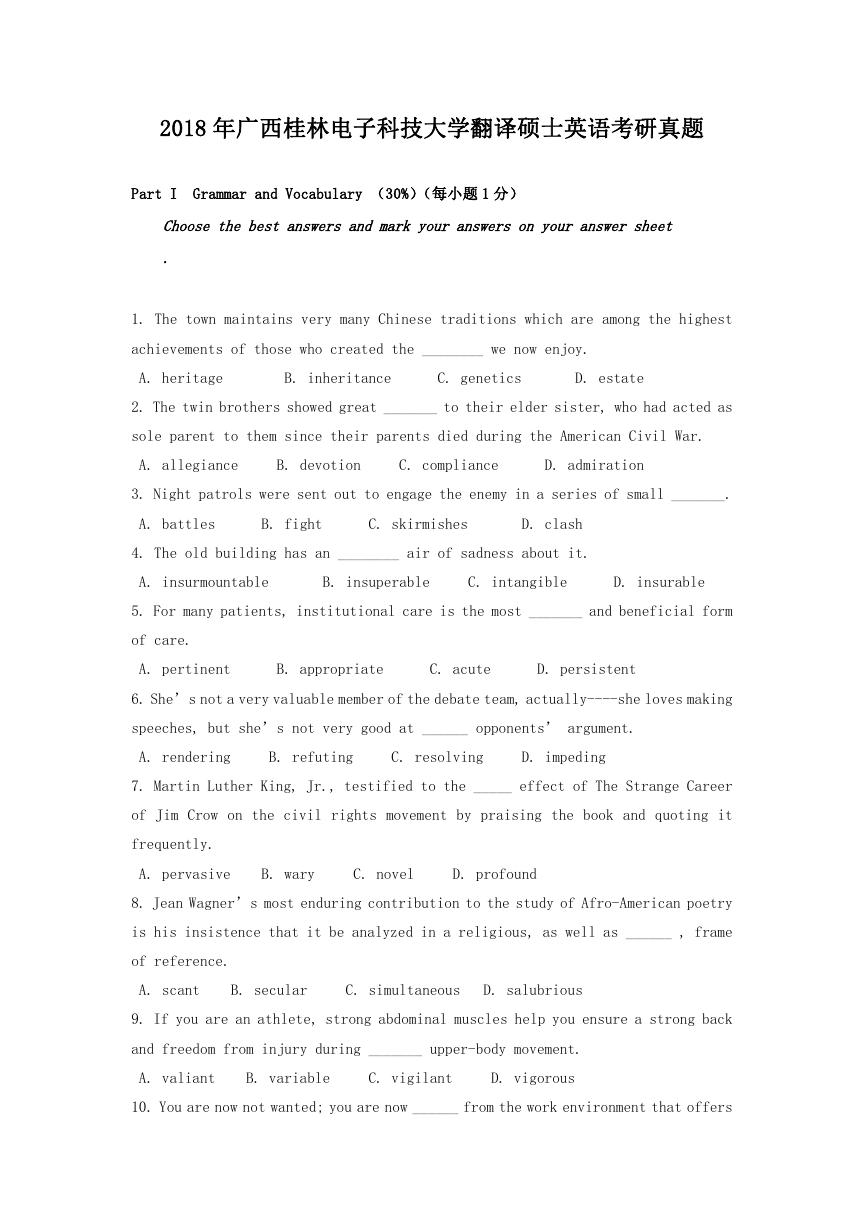
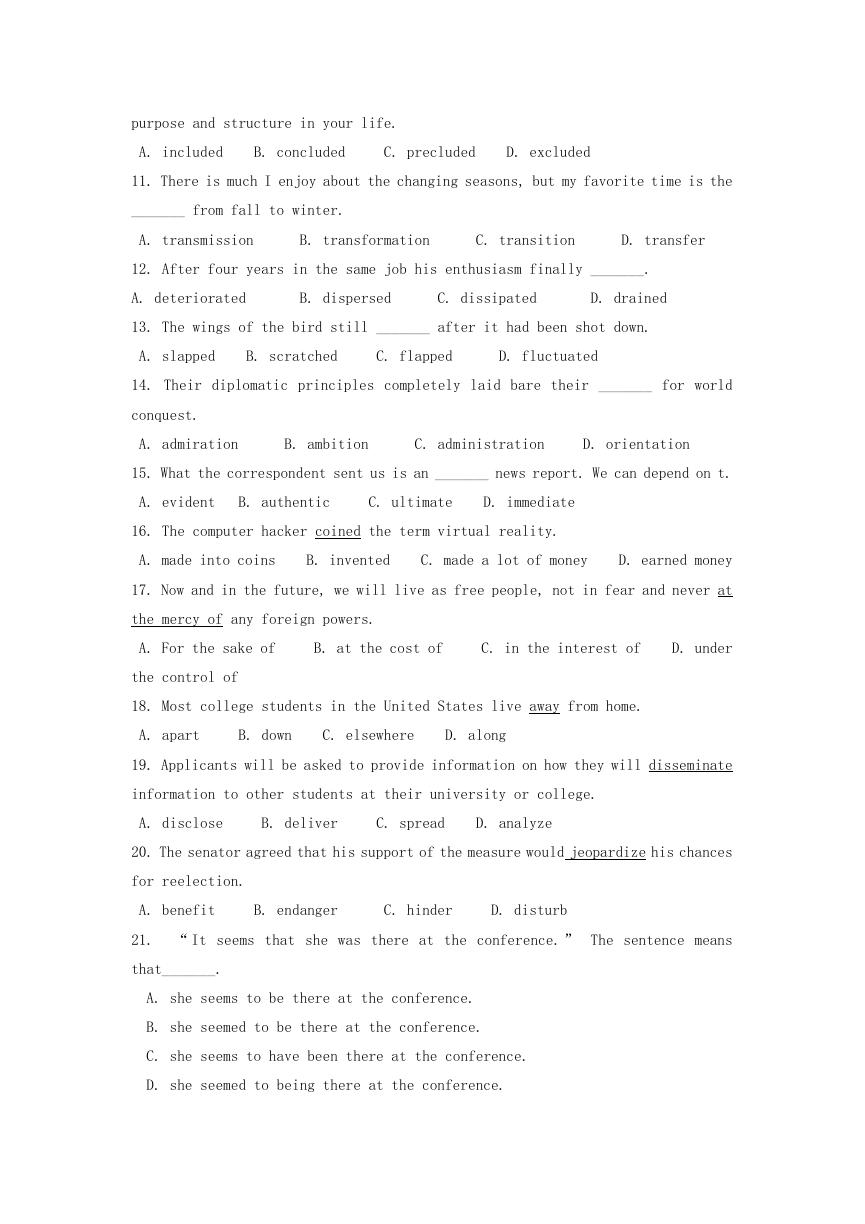
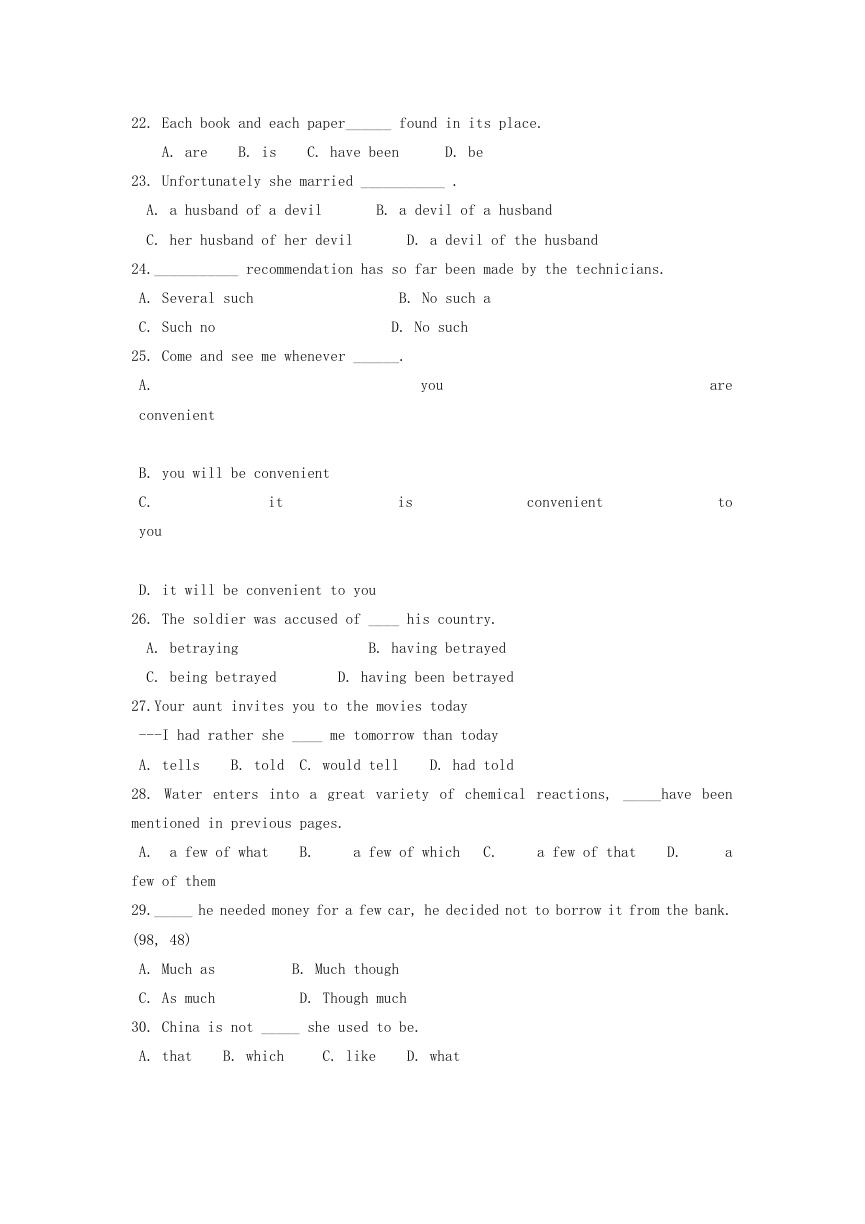
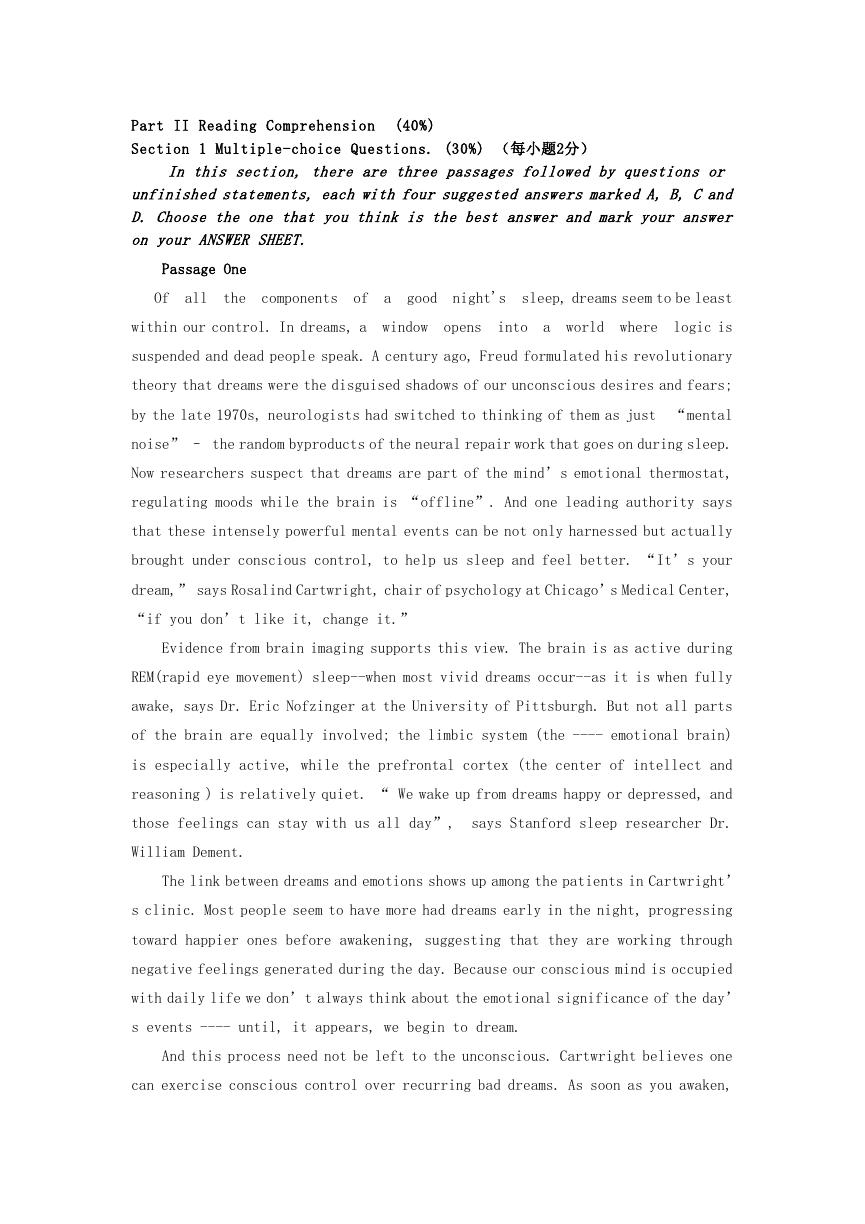
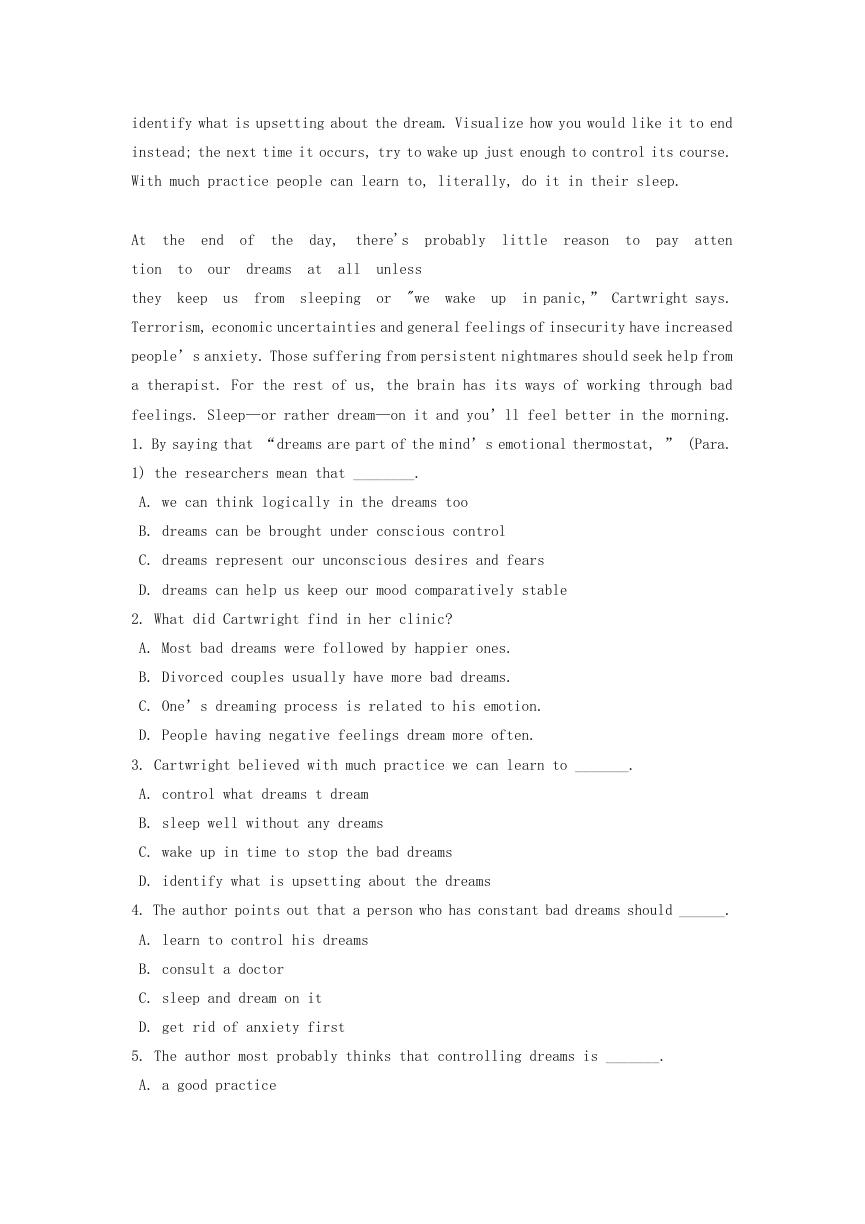
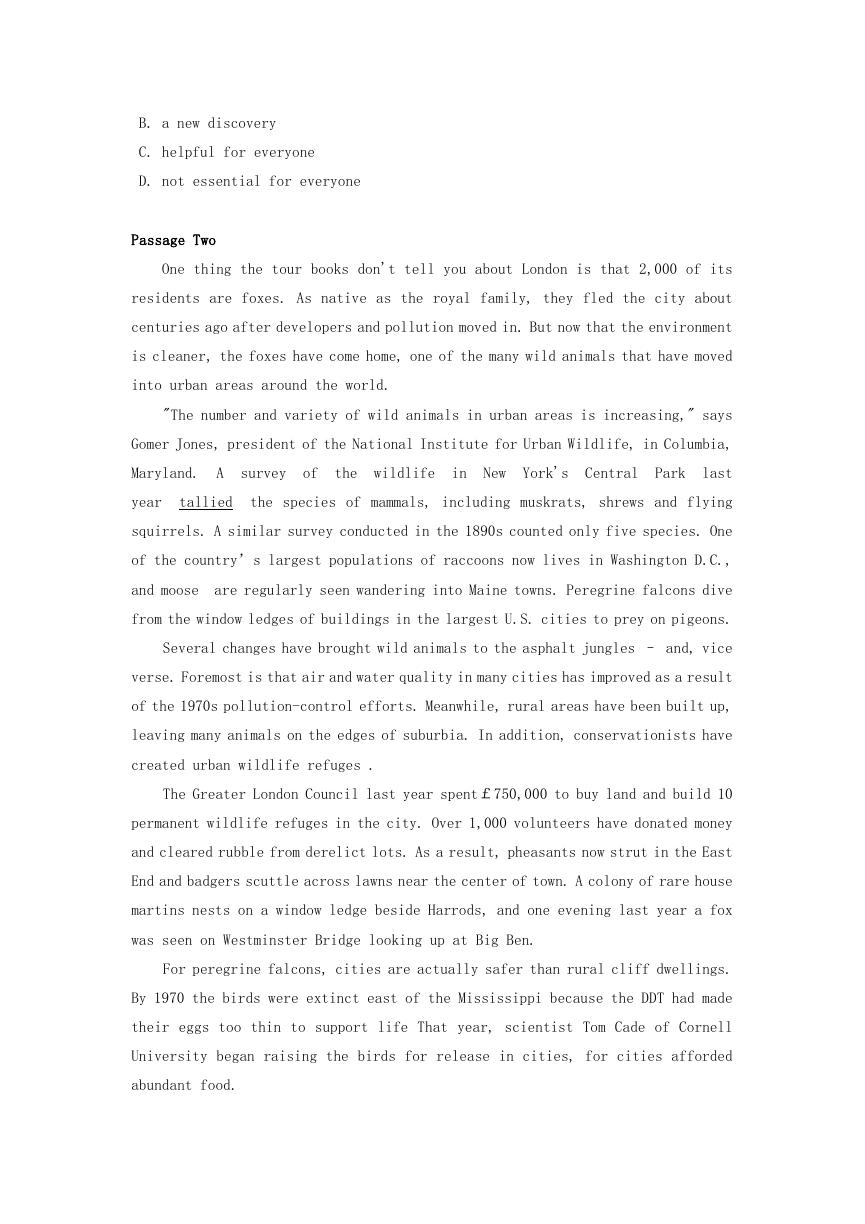
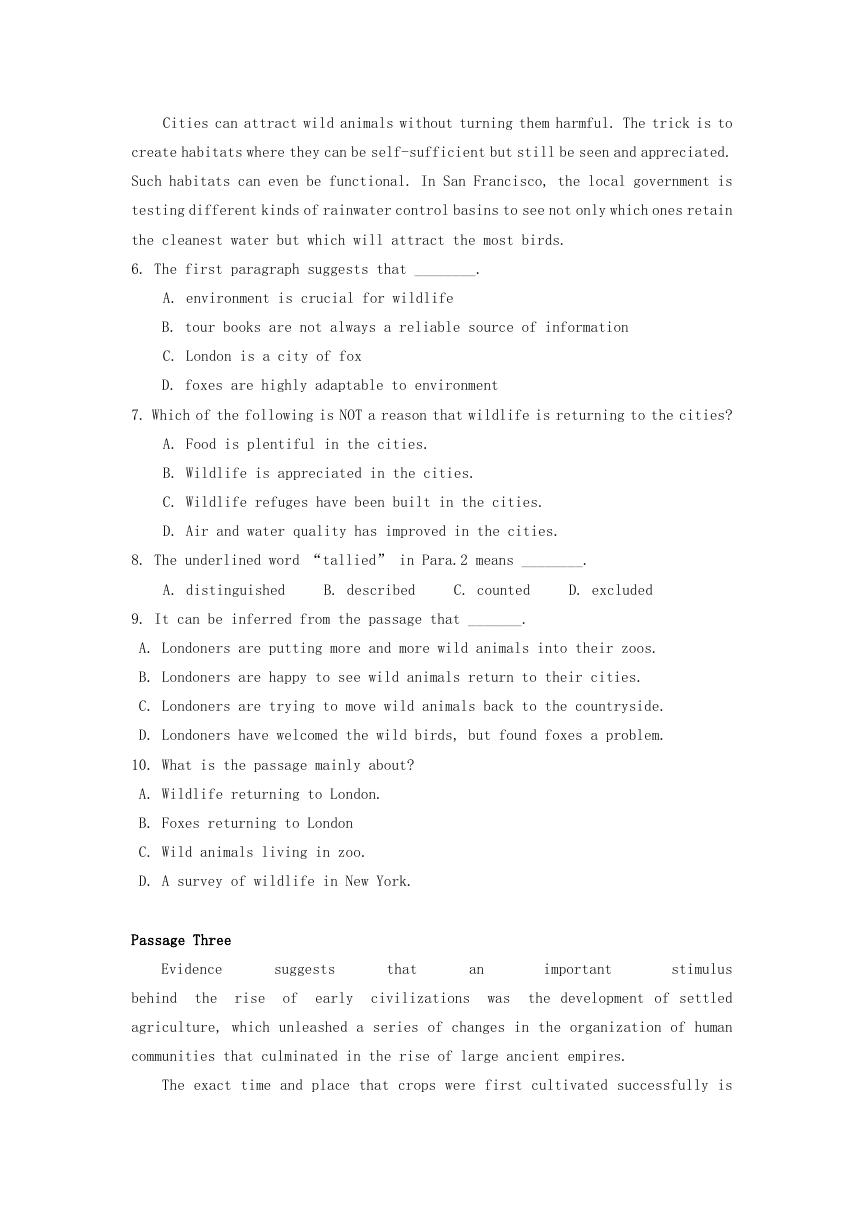
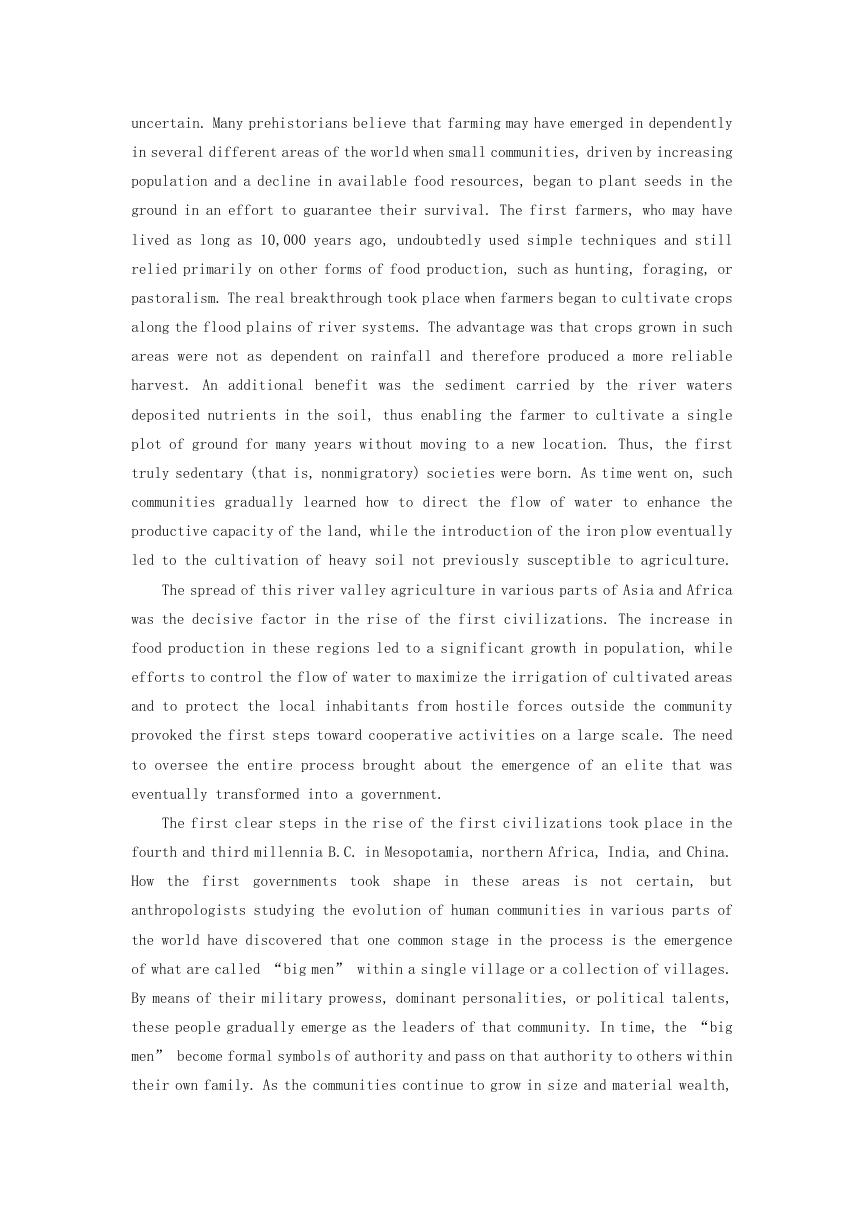








 2023年江西萍乡中考道德与法治真题及答案.doc
2023年江西萍乡中考道德与法治真题及答案.doc 2012年重庆南川中考生物真题及答案.doc
2012年重庆南川中考生物真题及答案.doc 2013年江西师范大学地理学综合及文艺理论基础考研真题.doc
2013年江西师范大学地理学综合及文艺理论基础考研真题.doc 2020年四川甘孜小升初语文真题及答案I卷.doc
2020年四川甘孜小升初语文真题及答案I卷.doc 2020年注册岩土工程师专业基础考试真题及答案.doc
2020年注册岩土工程师专业基础考试真题及答案.doc 2023-2024学年福建省厦门市九年级上学期数学月考试题及答案.doc
2023-2024学年福建省厦门市九年级上学期数学月考试题及答案.doc 2021-2022学年辽宁省沈阳市大东区九年级上学期语文期末试题及答案.doc
2021-2022学年辽宁省沈阳市大东区九年级上学期语文期末试题及答案.doc 2022-2023学年北京东城区初三第一学期物理期末试卷及答案.doc
2022-2023学年北京东城区初三第一学期物理期末试卷及答案.doc 2018上半年江西教师资格初中地理学科知识与教学能力真题及答案.doc
2018上半年江西教师资格初中地理学科知识与教学能力真题及答案.doc 2012年河北国家公务员申论考试真题及答案-省级.doc
2012年河北国家公务员申论考试真题及答案-省级.doc 2020-2021学年江苏省扬州市江都区邵樊片九年级上学期数学第一次质量检测试题及答案.doc
2020-2021学年江苏省扬州市江都区邵樊片九年级上学期数学第一次质量检测试题及答案.doc 2022下半年黑龙江教师资格证中学综合素质真题及答案.doc
2022下半年黑龙江教师资格证中学综合素质真题及答案.doc